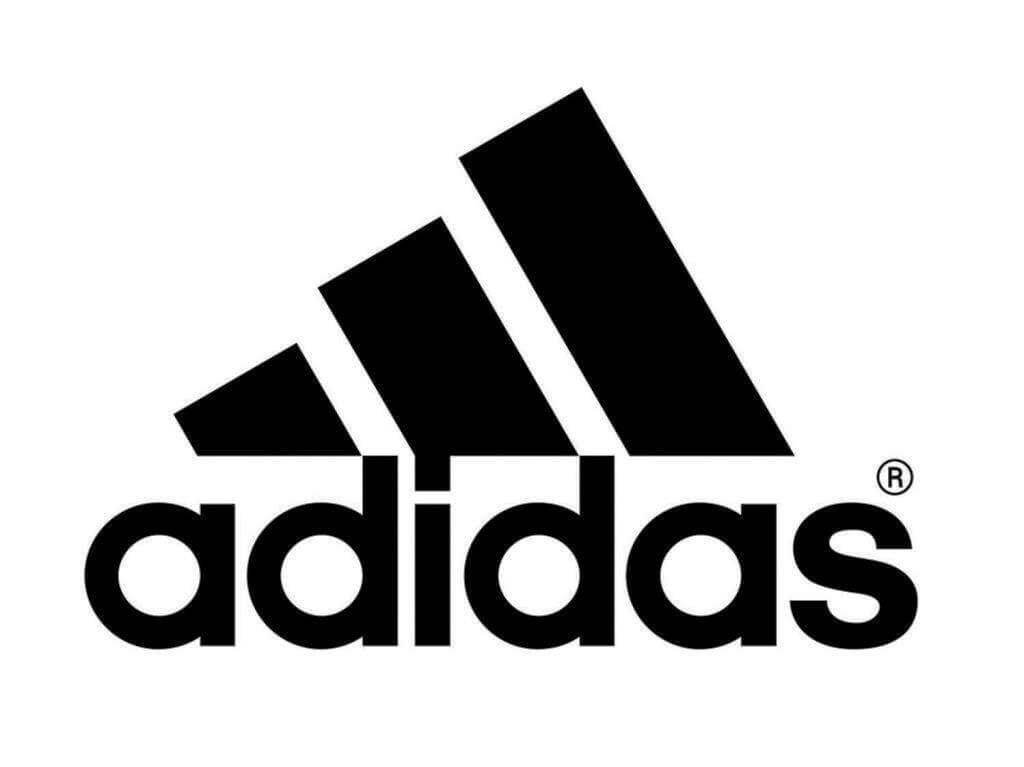![]()
adidas has a right to be excited about their double digit growth in the US. Their growth is also impressive in the international markets specifically Asia Pacific. While any growth is a positive, the reality is that if you take a team in basketball who goes 4-20 in one year and the following year they turn it around to go 10-14 the next season. The team is still losing, but on paper they have shown a 16% improvement. This is nothing to balk at, it’s impressive. When a reporter states that adidas saw a 21% increase in North America while Nike showed a 6% decrease what is actually being compared? More important do the numbers show the companies own growth as it relates to their internal numbers or is it all based on POS data which is inherently flawed because it lacks the numbers from the companies doors?
In Q1 of 2011 this was where adidas was:
|
€ in millions |
€ in millions |
in % |
in % |
| North America | 751 | 585 | 28 | 26 |
In Q1 of 2012
| North America | 869 | 751 | 16 | 11 |
In Q1 of 2013
| North America | 890 | 869 | 2 | 3 |
|---|
In Q1 of 2014
| North America | 680 | 890 | (24) | (20) |
In Q1 of 2015 this was where adidas was:
|
€ in millions |
€ in millions |
in % |
in % |
| North America |
591 |
462 |
28 |
7 |
There has to be perspective in looking at adidas in North America in relation to Nike. adidas has been a good team for the last two years, but if you’ve been following the site I predicted that adidas would still see growth primarily due to a carryover from the previous year. Nike remains the strongest player in the game with numbers that make adidas have to compare itself to a subdivision of Nike in Jordan Brand. Below is the report from Q1 2018 which shows the continued carry over from the previous year. When a company experiences the type of growth adidas showed in the last year it’s like going from 10-14 to 16-8 as a record. Even if a team slows down the following year, 15-9 still doesn’t look so bad… What I see however is a serious slow down in the sell through of adidas footwear. With the liquidation of inventory at promo prices on all adidas footwear through Q1 I expect by Q3 that the double digit growth will still be there, but it will be in the mid teens and margins will be much lower.
Here is the Q1 info:
Double-digit growth in North America, Asia-Pacific and Latin America
From a market segment perspective, on a currency-neutral basis, the combined sales of the adidas and Reebok brands grew in most market segments. Growth was particularly strong in North America (+21%) and Asia-Pacific (+15%), the latter driven by a 26% increase in Greater China. While Latin America also grew at a double-digit rate (+10%), revenues in Western Europe increased 5%, in line with the full-year outlook for this market. Sales in Emerging Markets and Russia/CIS declined 5% and 16%, respectively, as a result of the challenging market conditions.
You can read a more detailed report here.
What I would like to see happen is less emphasis on adidas as it relates to Nike and more emphasis on the fact that adidas’ growth consisted primarily of their own DTC efforts which effects more of the market than the constant need to compare adidas, Under Armour and Nike. In all honesty analysts who spend time looking at the POS numbers and information to make comparisons are introducing red herrings and retailers taking that advice are being set up for failure. When all of the sportswear companies are showing the most growth via DTC it’s a harbinger for retail and that is where the real issue lies.


